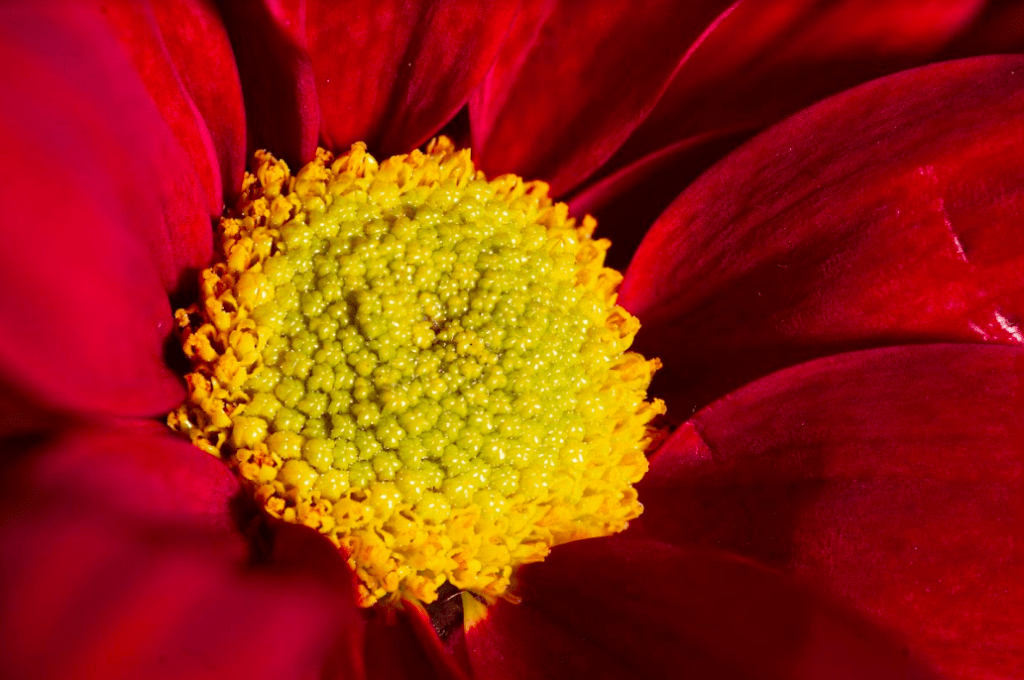Interview with Irix Photographers Dave McKeegan & Michael Olatunji

First impression:
Dave: My first impressions of the lens – it felt very familiar. Having used both of Irix’s other lenses, despite this being a physically bigger lens, the whole feel and position of adjustment rings was exactly what I was used to. The lens felt very solid and well constructed and it balances very nicely on the camera (even on my small mirrorless body it does not feel particularly front heavy). The long travel of the focus ring does take some time to get used to to however it is very useful for acquiring exact focus.

by Dave McKeegan
Mike: On first look at the Irix 150mm Macro it is interestingly small in size with the lens hood detached. When placing it in hand, it has a very beautiful design and an ultra smooth focus ring. It looks and feels like an expensive lens. The materials used to make the lens feel quality and it has a very robust build. Personally, it is a little on the weighty side for me, but when compared to similar lenses on the market, the weight has been well considered. On first using the lens, it’s sharpness is immediately impressive. Even shooting wide open, I am happy with the details and depth at f/2.8. Shooting moving subjects at f/2.8 with manual focus at 150mm can take a lot of practice, so patience is required. There are very few technical faults I could find with the lens that would put me off using it. Weight is the only factor, when taking into consideration travelling with a limited number of lenses. Considering image quality, build quality (materials, construction and weather sealing), design, it’s 1:1 magnification and price point, the 150mm Macro 2.8 is a highly desirable macro lens, that I feel is number one on the market in it’s price range.

by Michael Olatunji
How would you describe your experiences working with the Irix 150mm?
Mike: I find the Irix 150mm ultra sharp from wide open. The sharpness and details are a constant marvel to me after switching from other lenses. There are very few technical faults with the lens that would put you off using it. Shooting moving subjects at f/2.8 with manual focus can take practice and can be quite challanging, so patience is required.
Dave: The Irix 150mm is a bit of a double edge sword, the long focal length, fast aperture and close focus open this lens up to a wide range of situations, however the depth of field is so shallow, that coupled with manual focus can make accruing exact focus quite difficult at times, however with practice this does become easier and the results it produces are absolutely worth the struggle as this is, without doubt, one of the sharpest lenses I have ever used.

What do you think distinguishes this lens from other lenses on the market?
Mike: I think this lens is distinguished by it’s 1:1 magnification, image quality and price range. It also has useful features that you don’t see on first glance, such as internal focus, superior weather sealing and 11 aperture blades, which allow me to close down the aperture, without affecting the overall sharpness of the image.

by Michael Olatunji
Dave: The fact it is a 1:1 macro lens puts this in a rather small club to begin with as not many lenses offer this, add the long focal length of 150mm makes the list of competition even smaller. Then of the competition, I would say the Irix offers the best all round image quality, not only in sharpness but also flare control and chromatic aberrations.

by Dave McKeegan
What do you think would be the best place to use the Irix 150mm, along with the best photographic conditions, and why?
Mike: I think the best locations and conditions to use the 150mm would be in wooded areas or areas with lots of vegetation, during moments of minimal wind. This type of environment allows me to take my time when photographing, focus on enjoying the experience and potentially create interesting patterns from light and shadows (created by branches and leaves) plus creating pleasant bokeh from the natural background.

by Michael Olatunji
Dave: I generally prefer to do macro photography within a controlled environment, such as indoors under artificial light. Due to inherent shallow depth of field and large magnifications this allows me more time to experiment with the shots, adjust the lighting and keep everything as still as possible with no factors such as wind disrupting my shot.

by Dave McKeegan
What would you recommend to someone who wants to start up with macro photography? What should they shoot first and what should they pay attention to? Where, and when, should they begin?
Mike: I would recommend starting immediately with still life objects in and around your home, to get to grips with the focus and depth. When you focus on light and composition stunning results are achieveable – the Irix 150 mm f/2.8 creates super-smooth background blur (bokeh), so it can be fun to play around with the in focus and out of focus areas of your composition.

by Michael Olatunji
Dave: I would start off indoors with some inanimate objects so you can take your time and experiment with composition, also adjusting your lighting as small changes can make a huge difference to the final image, however you also have very limited room to work with. Camera shakes are also much more pronounced with macro photography so I would ensure a stable tripod or platform for the camera and shoot with a delayed timer to allow the camera to settle before the shot is taken.
 by Dave McKeegan
by Dave McKeegan
